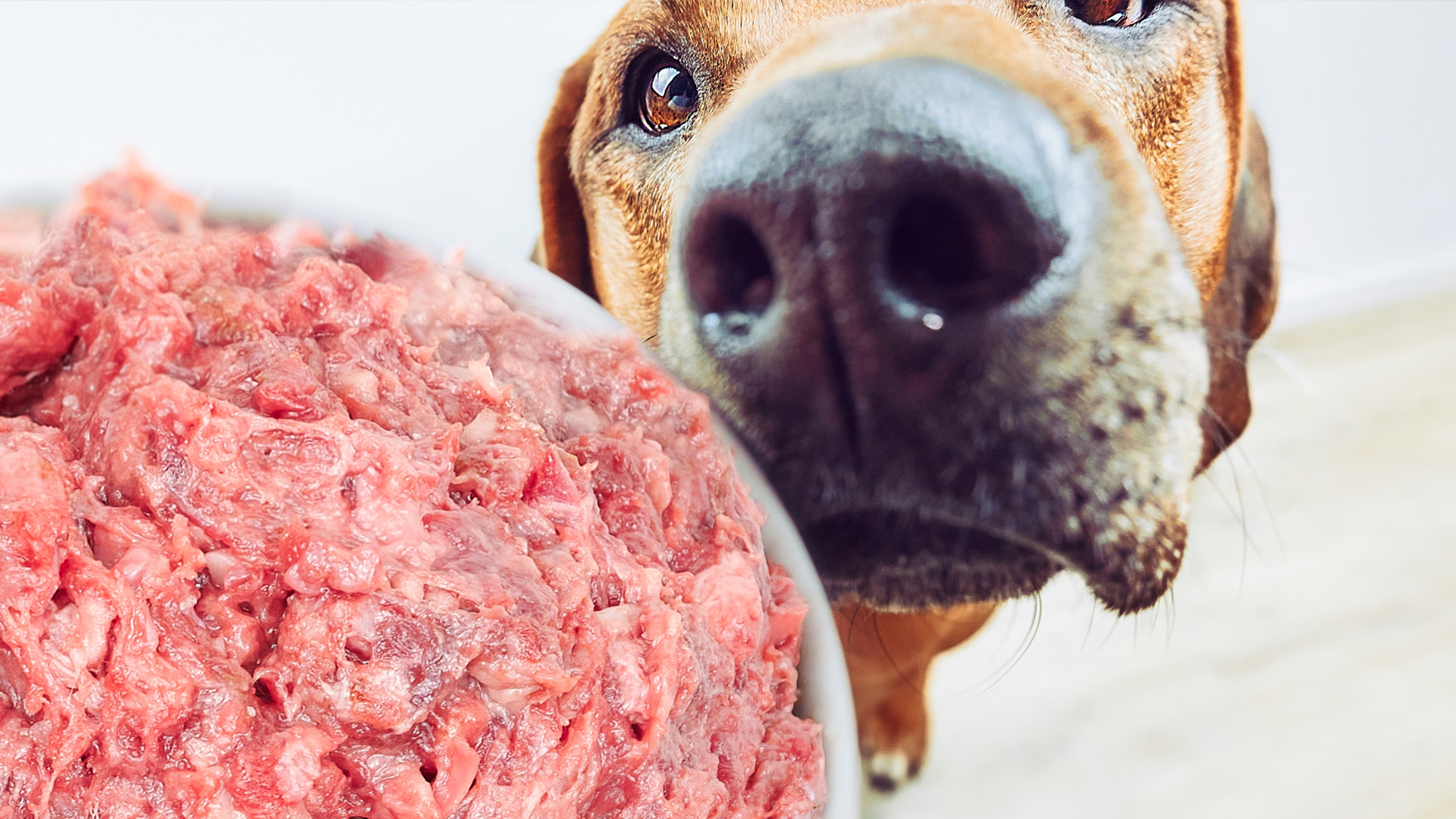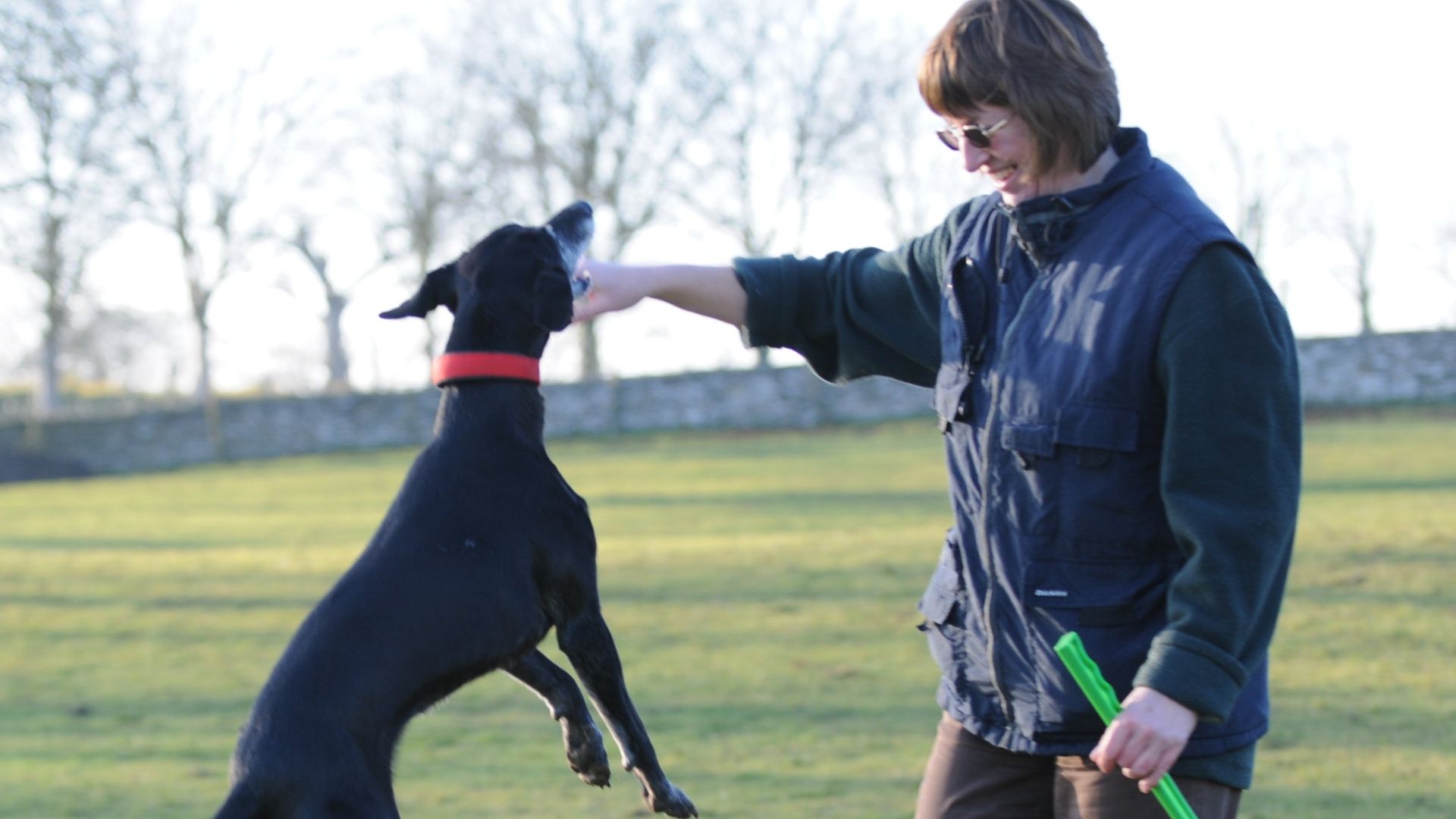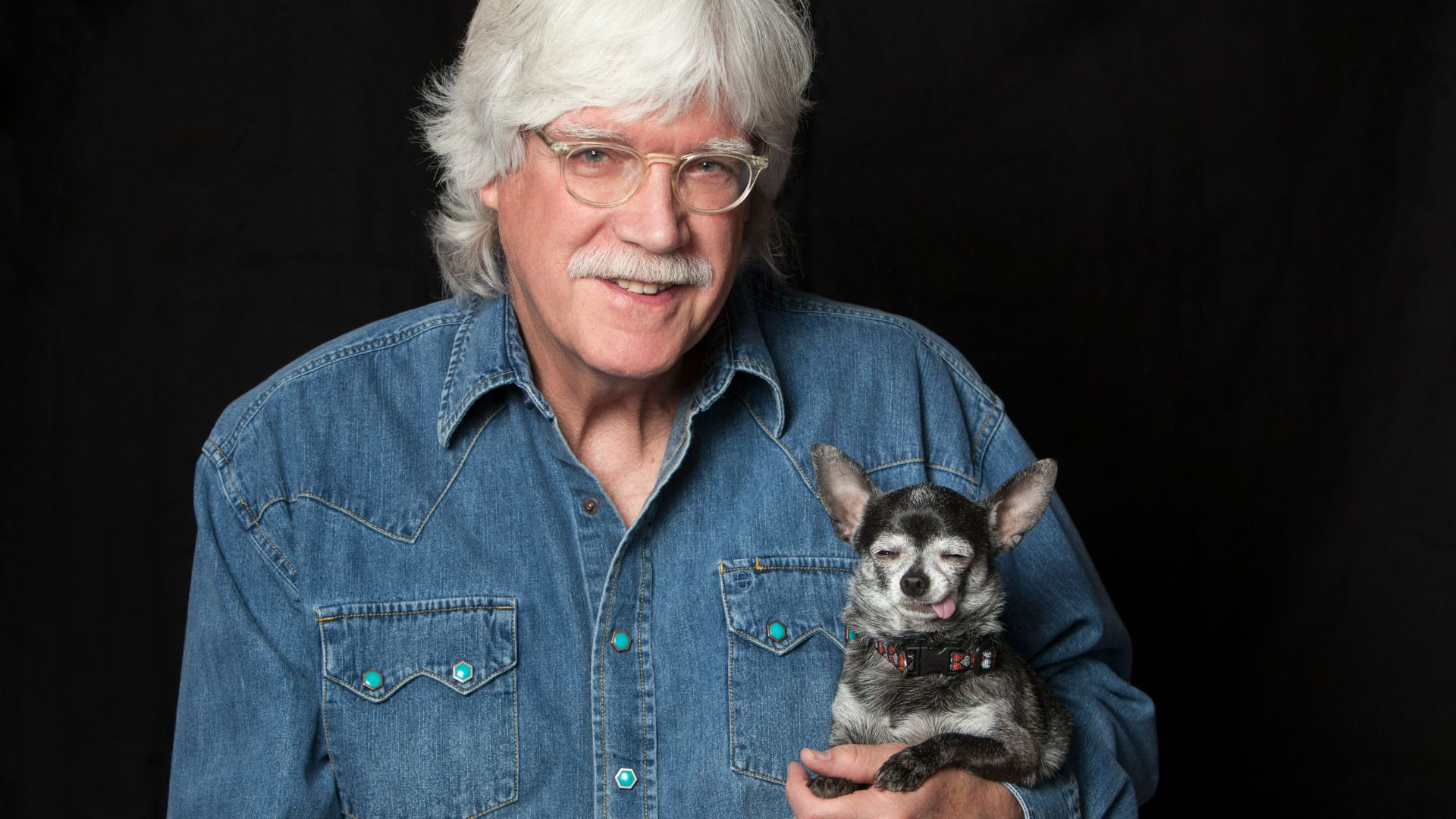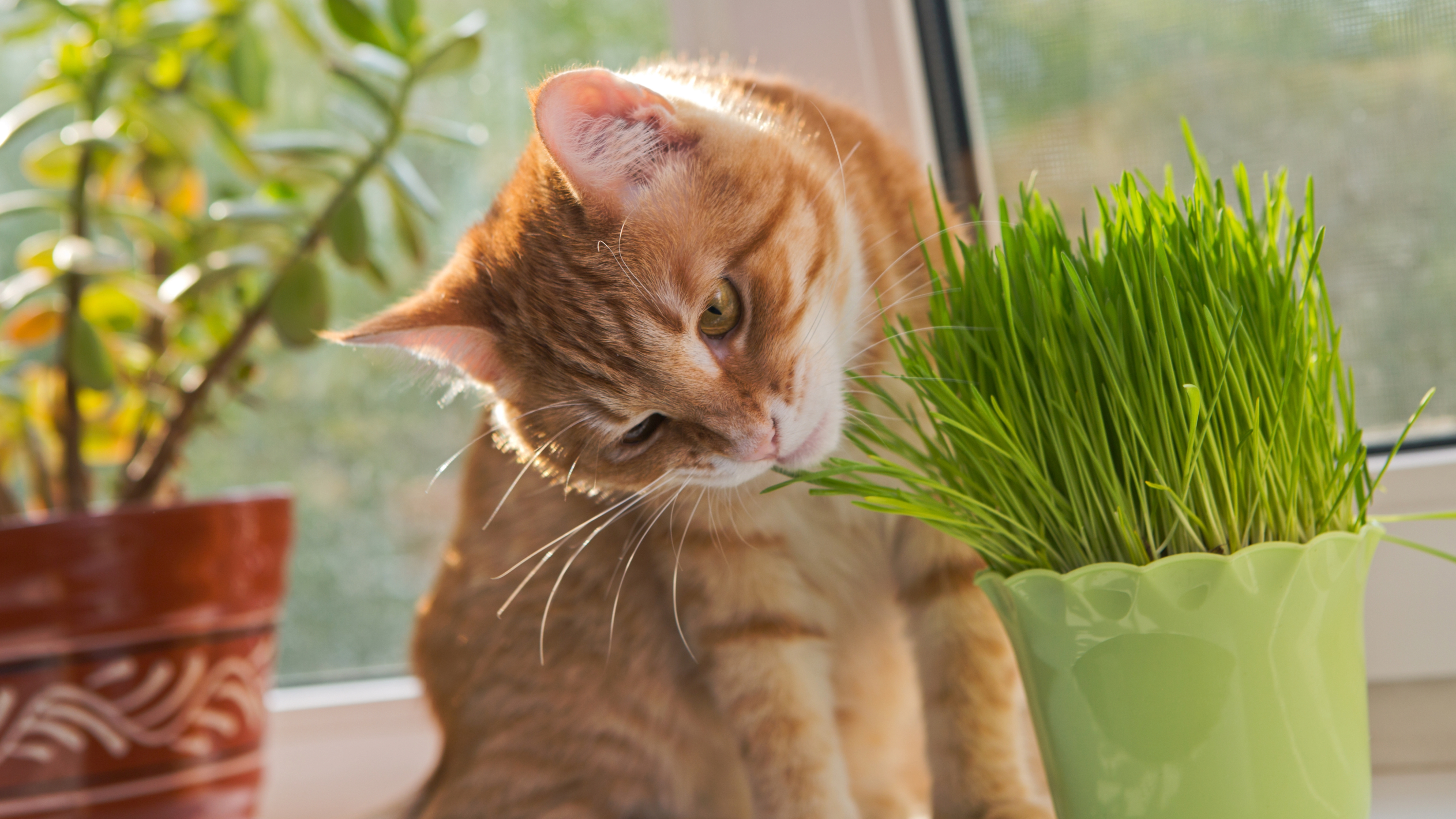Changing dog food: How to transition dog food safely
You can’t rush when changing dog food so read Dr. Rebecca MacMillan's advice on how to do it safely

- How often should you change dog food?
- How to switch from one dog food to another
- Side effects of changing dog food too quickly
- How long does it take for a dog's stomach to settle after changing food?
- Can you switch dog food without mixing?
- Can I switch my dogs' food within the same brand?
- How long will a dog have diarrhea after switching food?
When you’re changing dog food, it’s important to be mindful of the effect it will have on your pooch. A sudden change can upset the balance of the bacteria in your dog’s intestines, disrupting digestion and potentially leading to problems. This means a gradual transition is key.
By being careful, there’s less risk of upsetting the gut microbiome. This also means you’re less likely to cause unwanted side effects such as diarrhea in dogs, vomiting, increased production of gas and a lack of appetite. So let’s take a look at how to transition dog food safely with expert advice from veterinary surgeon Dr. Rebecca MacMillan.
How often should you change dog food?
You shouldn’t need to swap your dog’s food that often. If he is on a good quality complete diet that is appropriate for his age and size, and he is happy and healthy on it, then you should continue with this. Check out our best dog food guide for inspiration.
One of the main transition periods for diet change is when you are settling a new puppy into your home, and you want to swap them from the breeder's diet onto the food of your choice.
The other times you will need to change your dog’s diet will be when your puppy matures onto an adult food, and again when your adult dog needs to move to a senior diet.
Changes in diet may also be needed if your dog develops a health complaint. Conditions like Inflammatory Bowel Disease (IBD in dogs) and kidney disease require specific diets, so a transition onto some new recommended food will need to be carried out.
How to switch from one dog food to another

When switching from one diet to another, follow these steps:
- First, ensure your newly chosen diet is good quality and appropriate for your dog’s size and age
- Start by mixing 25% of the new food with 75% off the old food and offering it to your dog for at least 2 days
- If everything’s ok, then mix 50% new food with 50% old food for at least 2 days
- Next, mix 75% new food to 25% old food for at least 2 days
- Then offer your dog 100% new food
This means the transition period should take about a week or so. Fussy dogs or those with dog food sensitivity may need an even longer transition period.
Mixing food in steadily will also increase the chances of your dog accepting the new food which is especially important if he requires it for medical reasons. Speak with your vet if you aren’t sure or if you are worried your dog is reacting badly to a new diet.
Many owners worry about changing their puppy from raw food to kibble, but the principles are just the same as for any dietary change. Be aware that raw fed puppies can be carriers of potentially harmful bacteria, so ensure good hygiene around them.
Side effects of changing dog food too quickly
If your dog has a sudden change of diet then you may see the following issues:
- Diarrhea
- Vomiting
- Increased production of gas
- Your dog’s stomach gurgling
- Inappetence – your dog may take a dislike to suddenly being presented with a new food
It’s worth bearing in mind that there can be other causes for these symptoms too. If you are worried about your pet then get them examined by a veterinary professional to make sure there is nothing else going on.
How long does it take for a dog's stomach to settle after changing food?

It depends on how upset your dog’s stomach is as to how quickly it will settle down again. If your dog has slightly soft stools you may find this self-resolves in a couple of days.
If, however, your dog has reacted very poorly to a change in diet and has very runny stools, then you may need to intervene with a few days of bland, easy-to-digest food. Cooked chicken or fish and boiled rice tend to settle most dogs down, and you could use some dog probiotics too to help improve their gut flora again.
If things aren’t resolving or your dog seems unwell then always seek help from your vet in case there is something else going on.
Can you switch dog food without mixing?
It is very dog dependent as to whether you can get away with switching foods suddenly. Some dogs can handle this, whereas others could develop a very upset tummy. It’s always best to play it safe and do a gradual transition if you can.
Can I switch my dogs' food within the same brand?
Just because a diet is the same brand as your dog’s existing food, it doesn’t necessarily mean the same ingredients are used. It is still best to gradually introduce a new food even if it is made by the same manufacturer.
How long will a dog have diarrhea after switching food?
Most dogs will have a mild tummy upset for a couple of days, which may just be slightly softer stools than normal. If your dog has liquid diarrhea, vomiting, or inappetence then you should seek help from your vet, especially if they last more than a day or so.
If you need to change your dog’s diet, make sure you do a gradual transition rather than a sudden switch. This will allow your dog to adjust to his new food and reduce the risk of him turning his nose up at it or any tummy troubles!
PetsRadar Newsletter
Get the best advice, tips and top tech for your beloved Pets
Rebecca is a veterinary surgeon who graduated in 2009 from the Royal Veterinary College in London. She has a wealth of experience in first opinion small animal practice, having done a mixture of day-to-day routine work, on-call emergency duties and managerial roles over the years. Rebecca enjoys medicine in particular and she is proud to have recently achieved a BSAVA postgraduate certificate in small animal medicine (with commendation).
She writes on various feline and canine topics, including behavior, nutrition, and health. Outside of work and writing she enjoys walking her own dog, spending time with her young family and baking!













